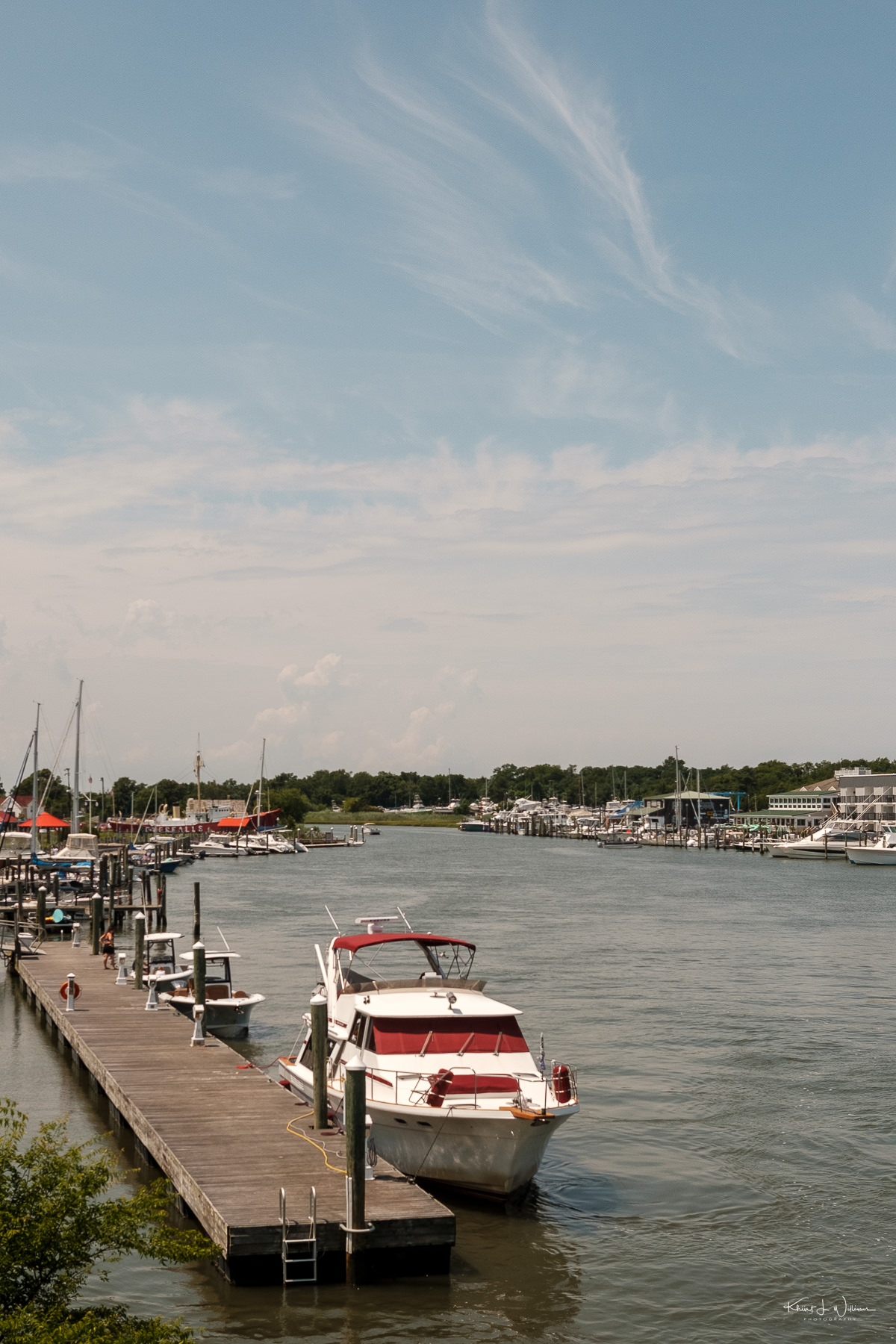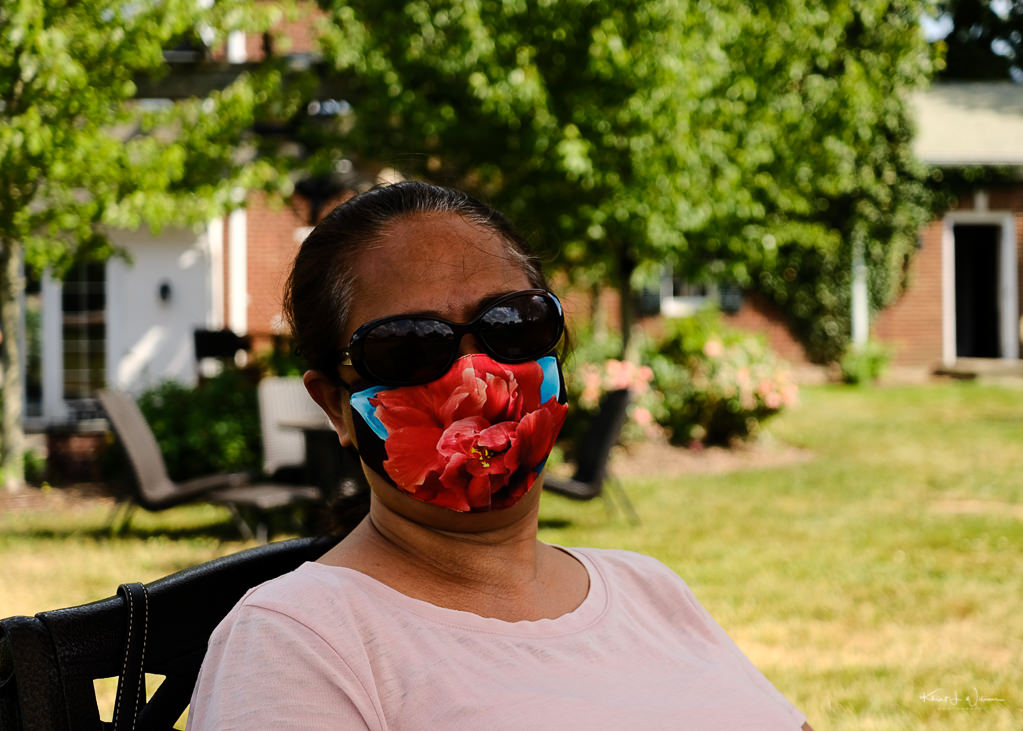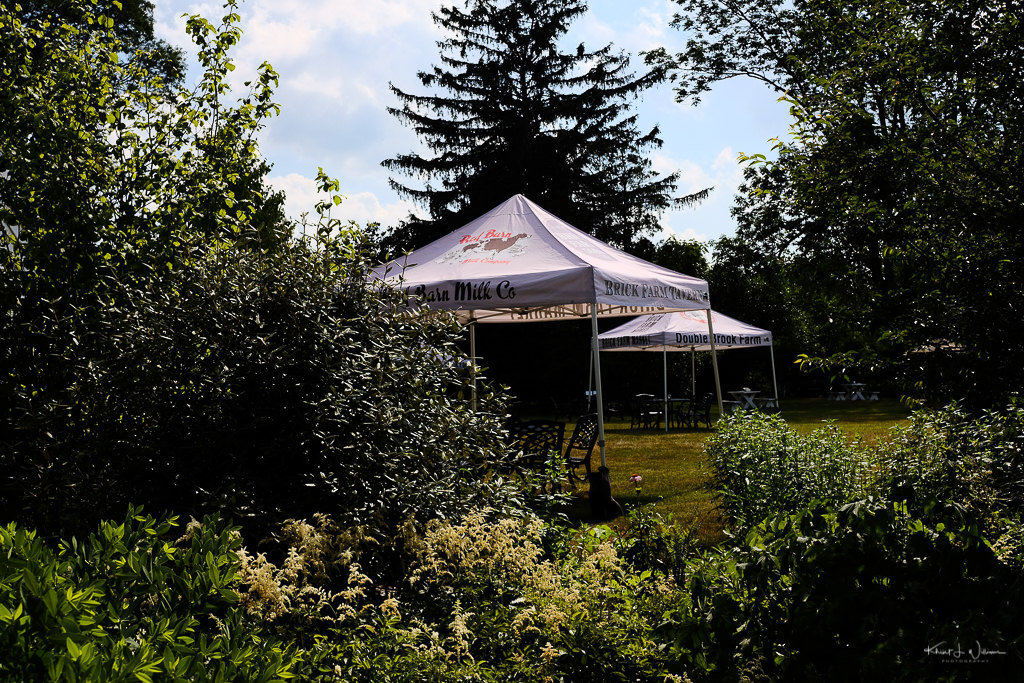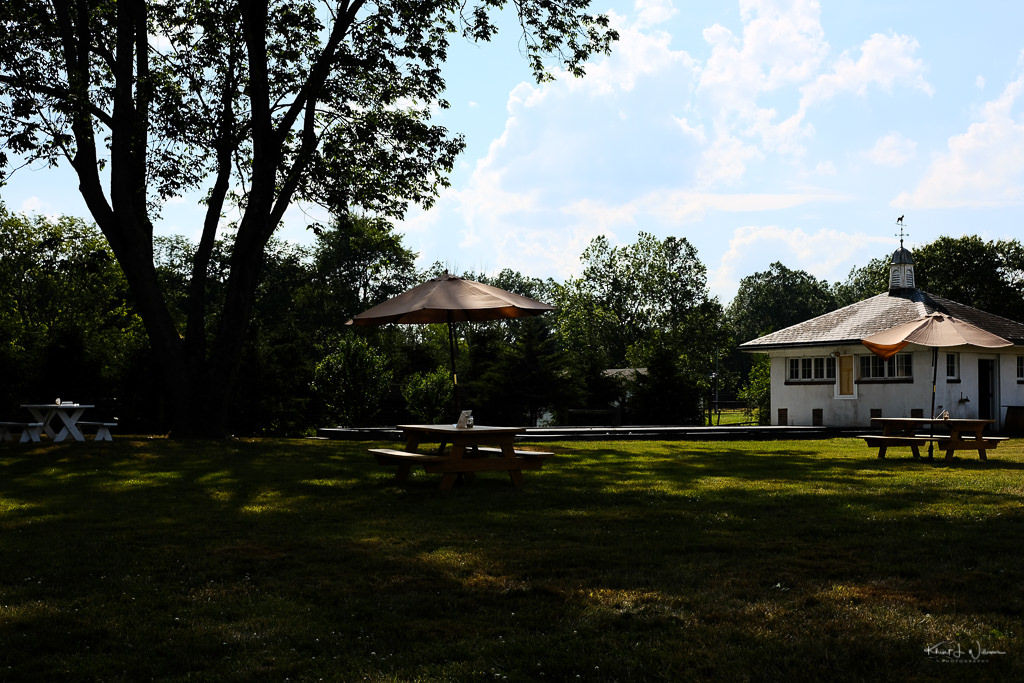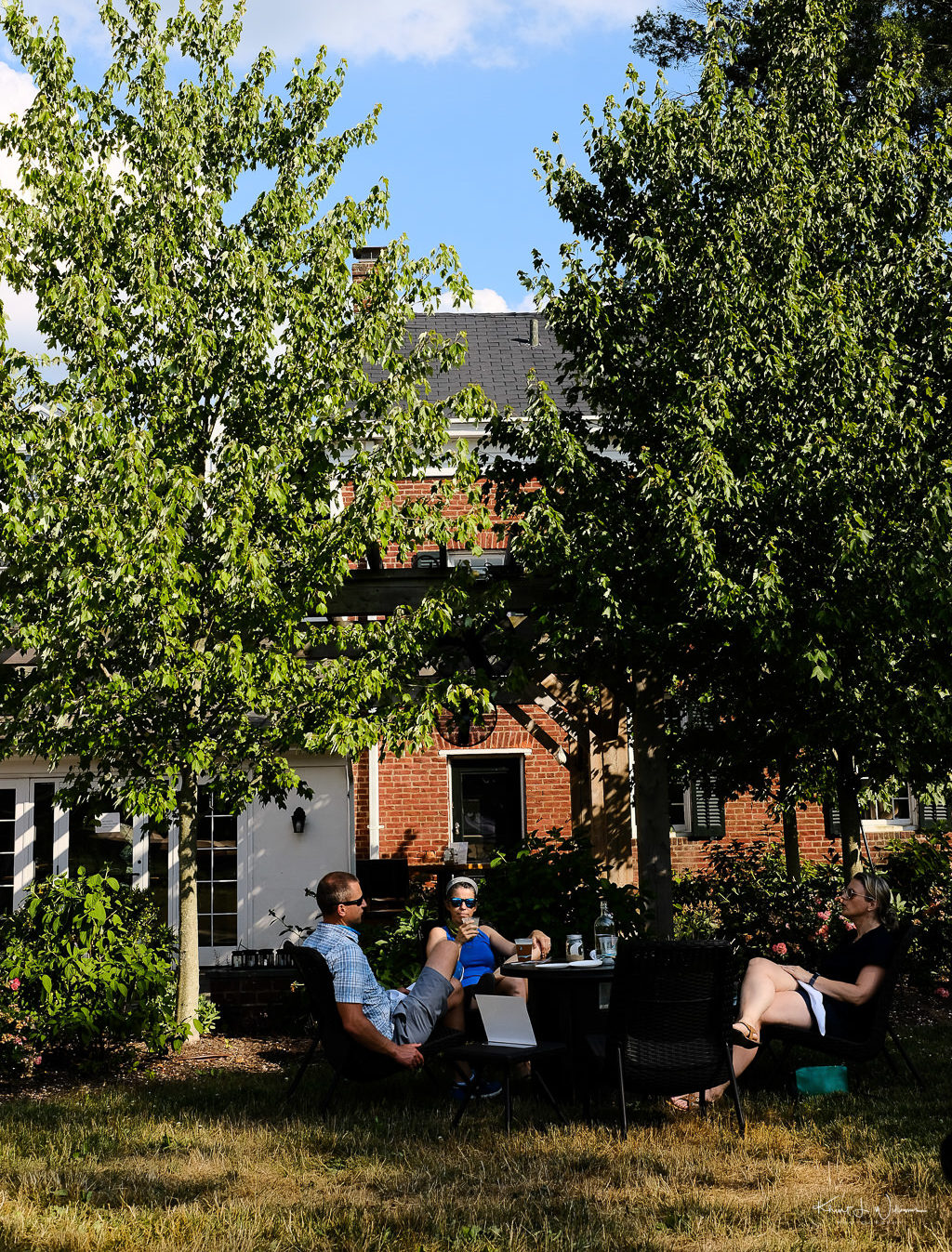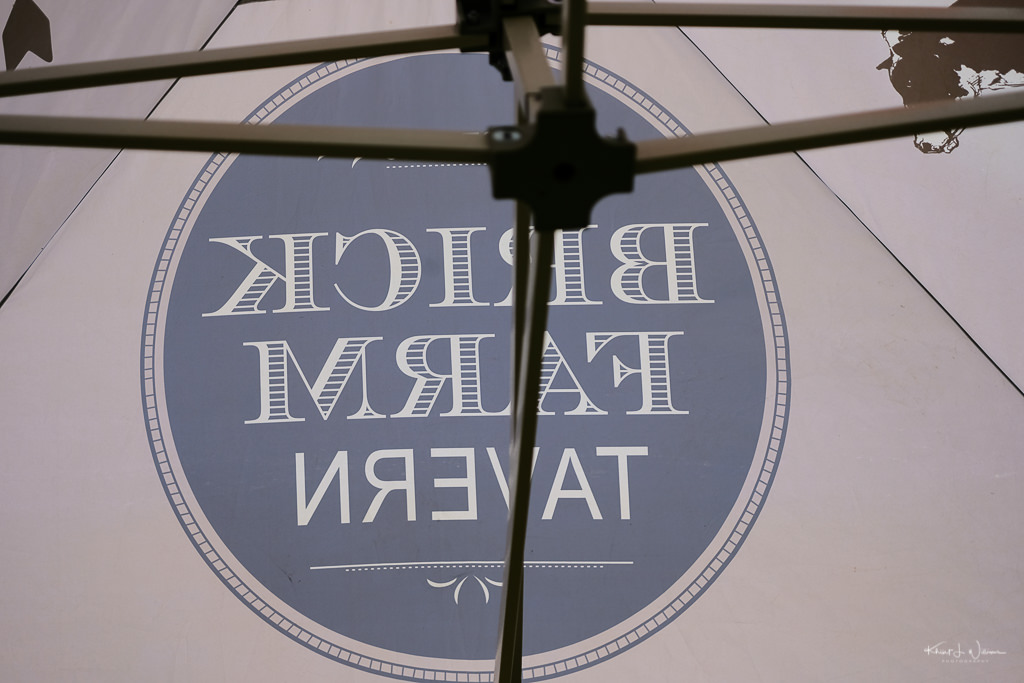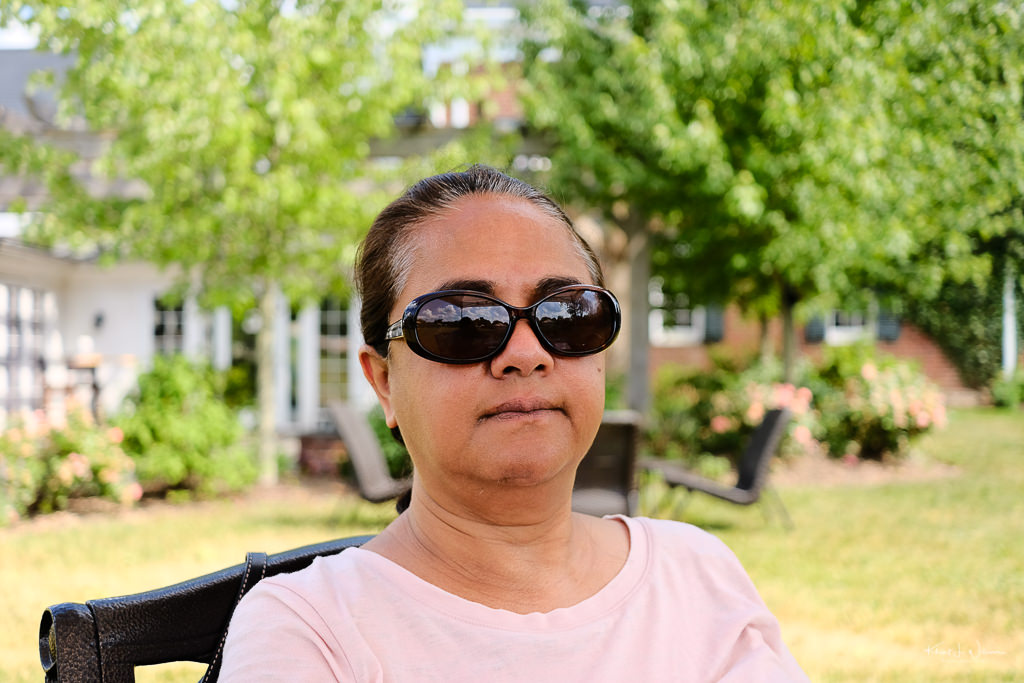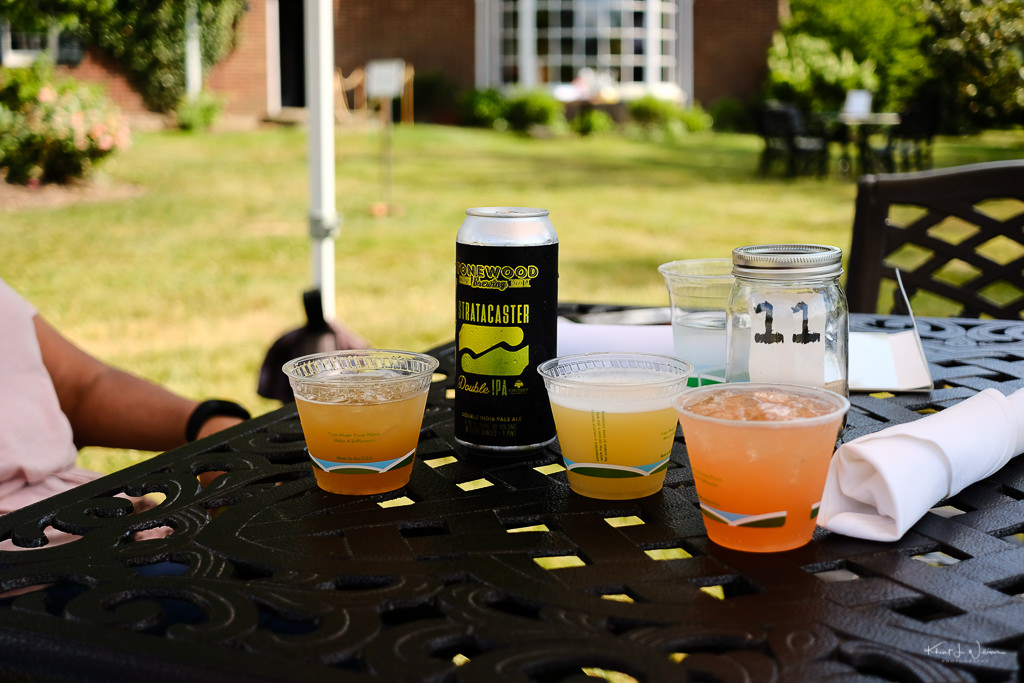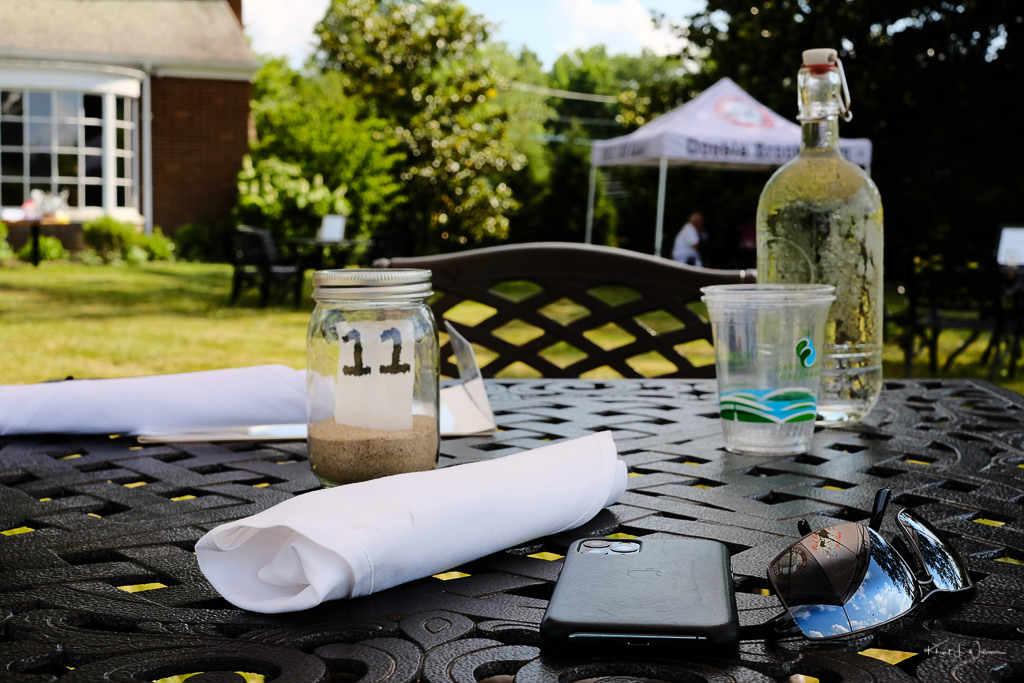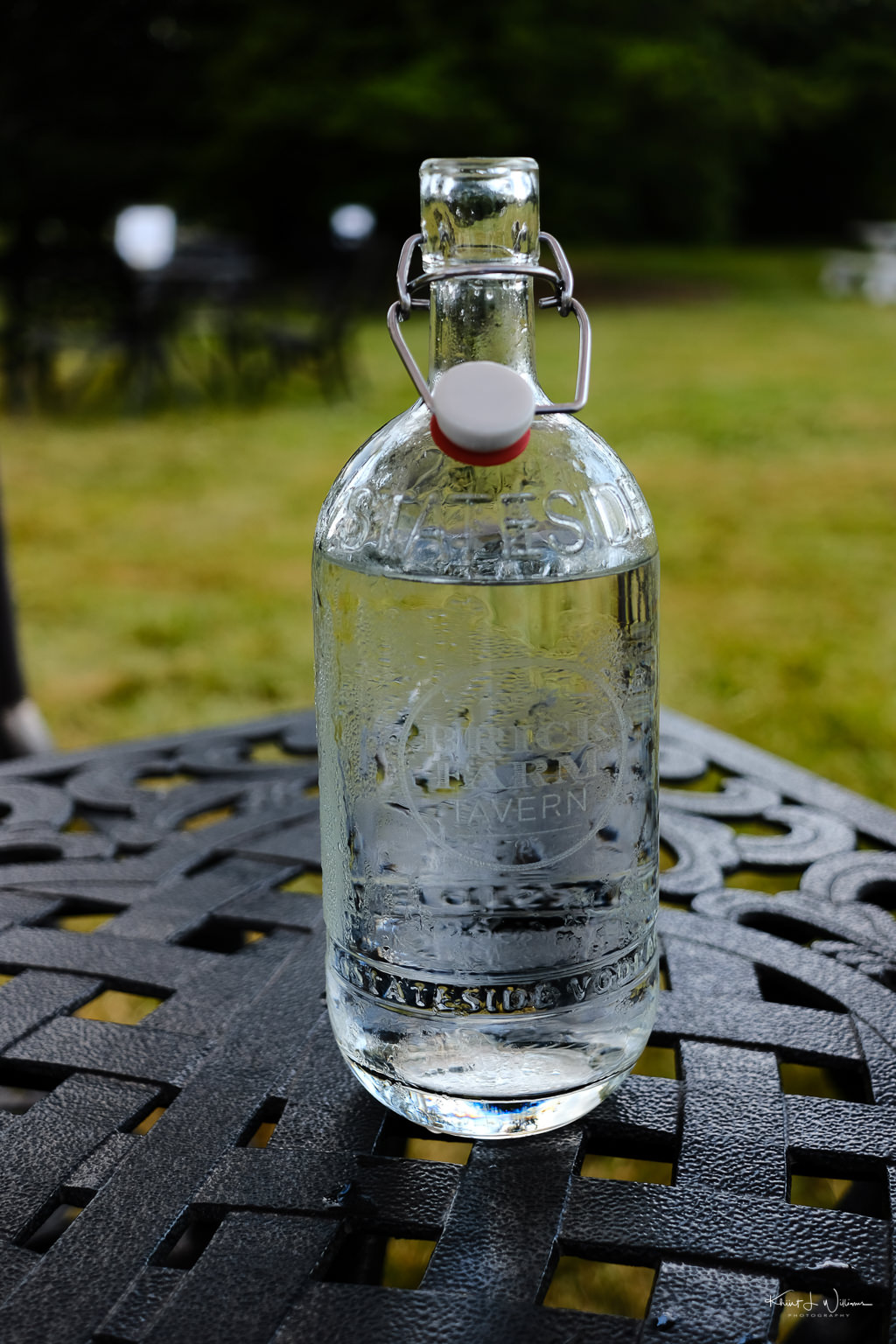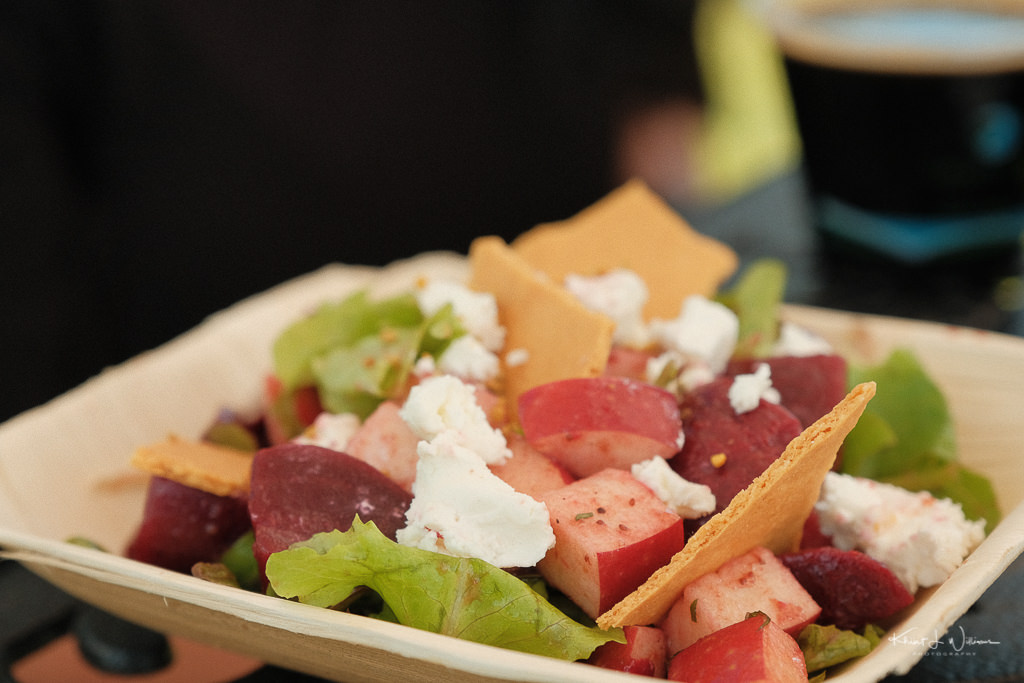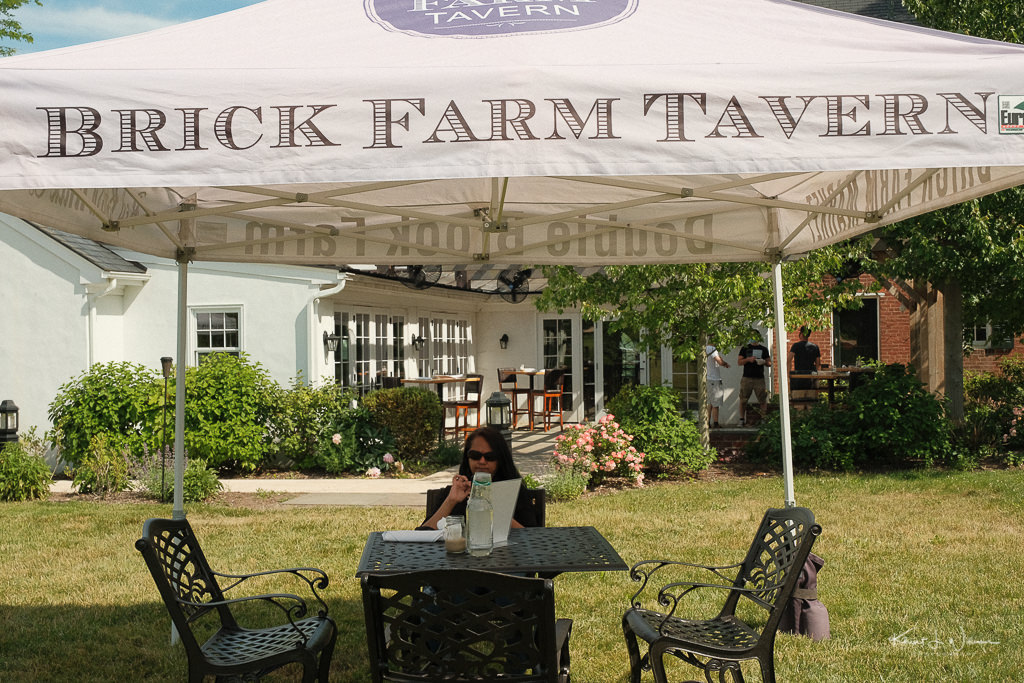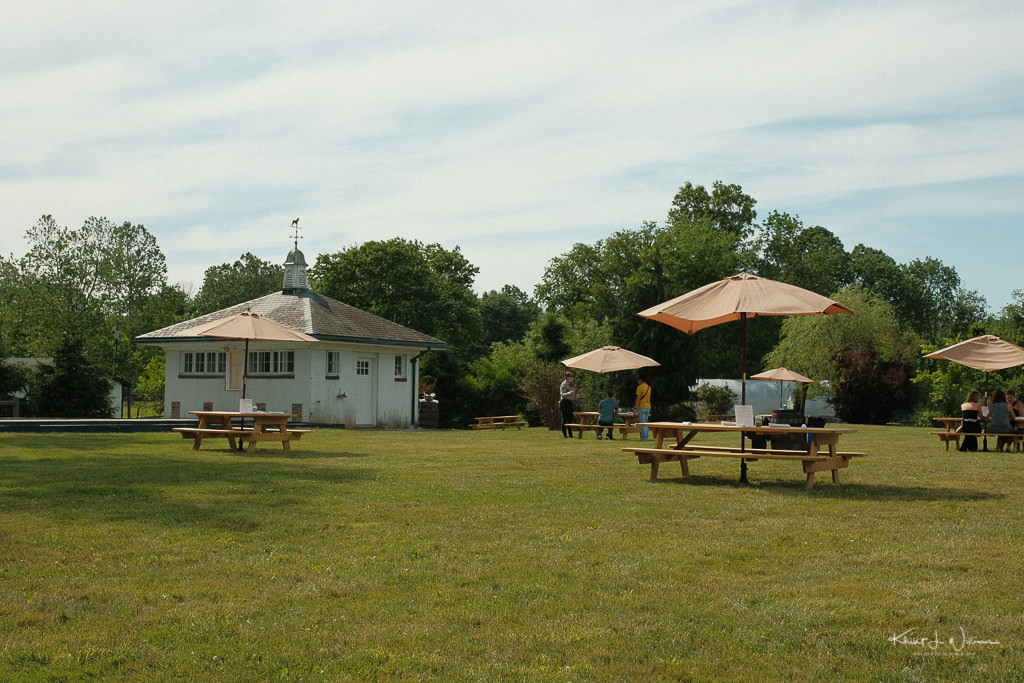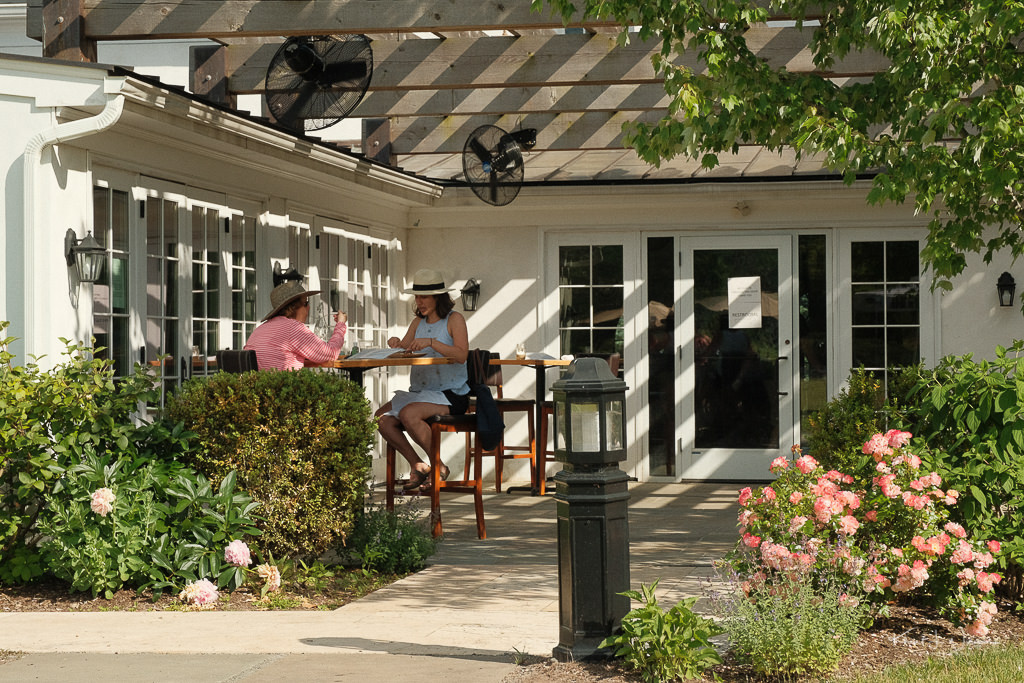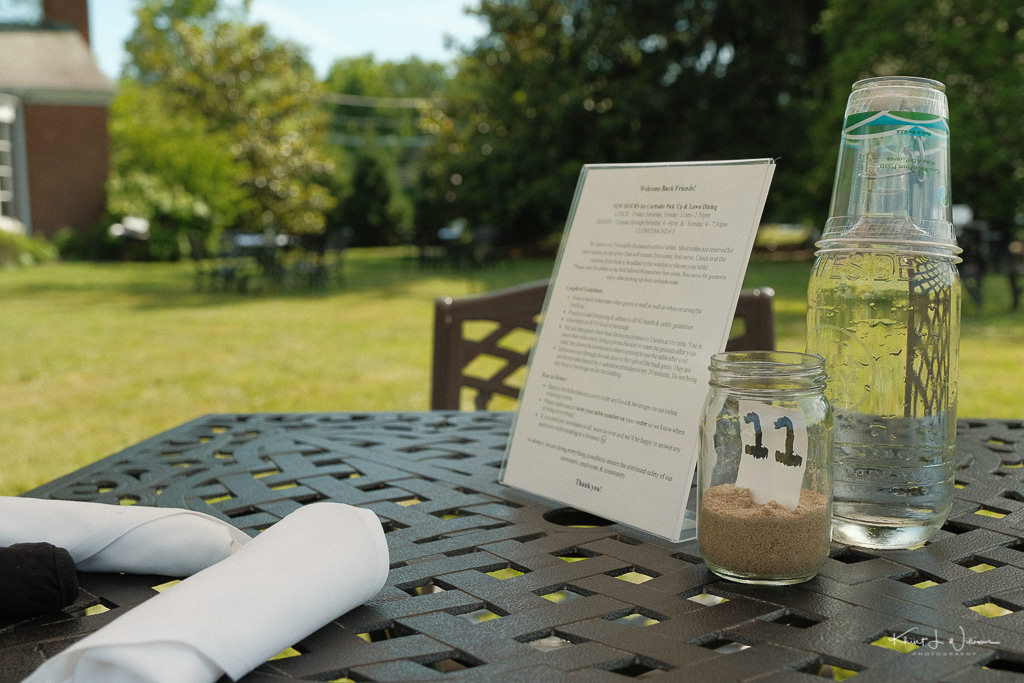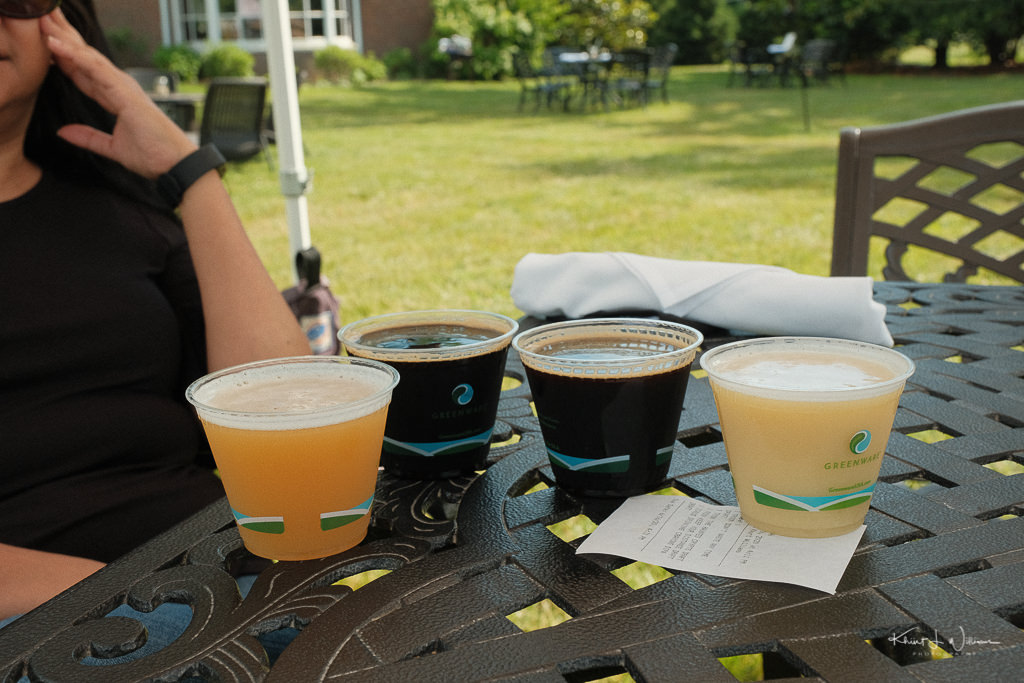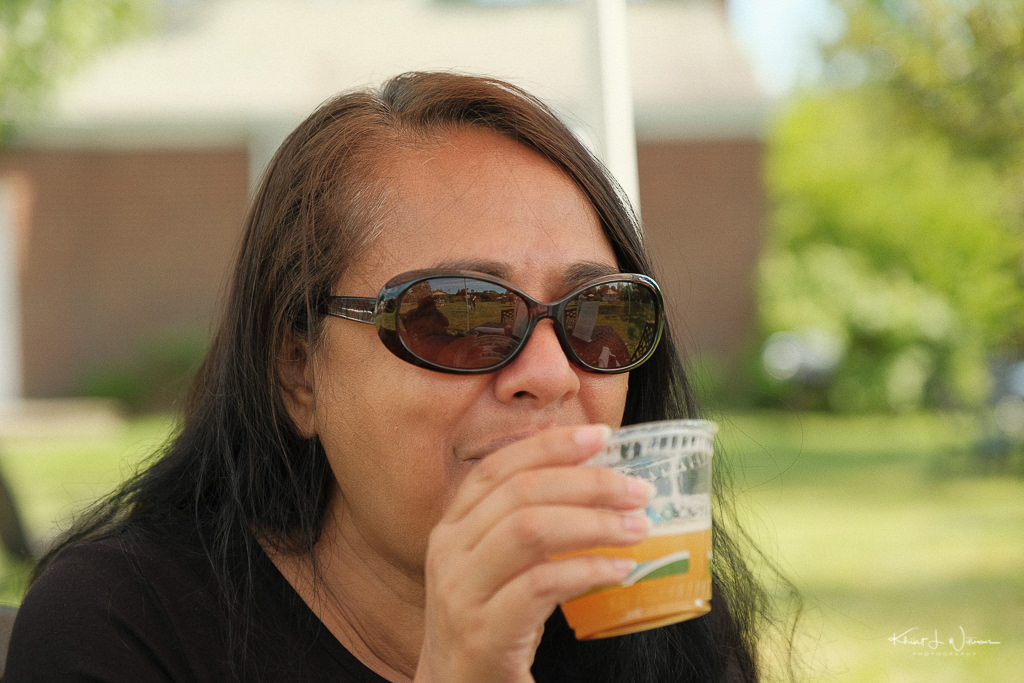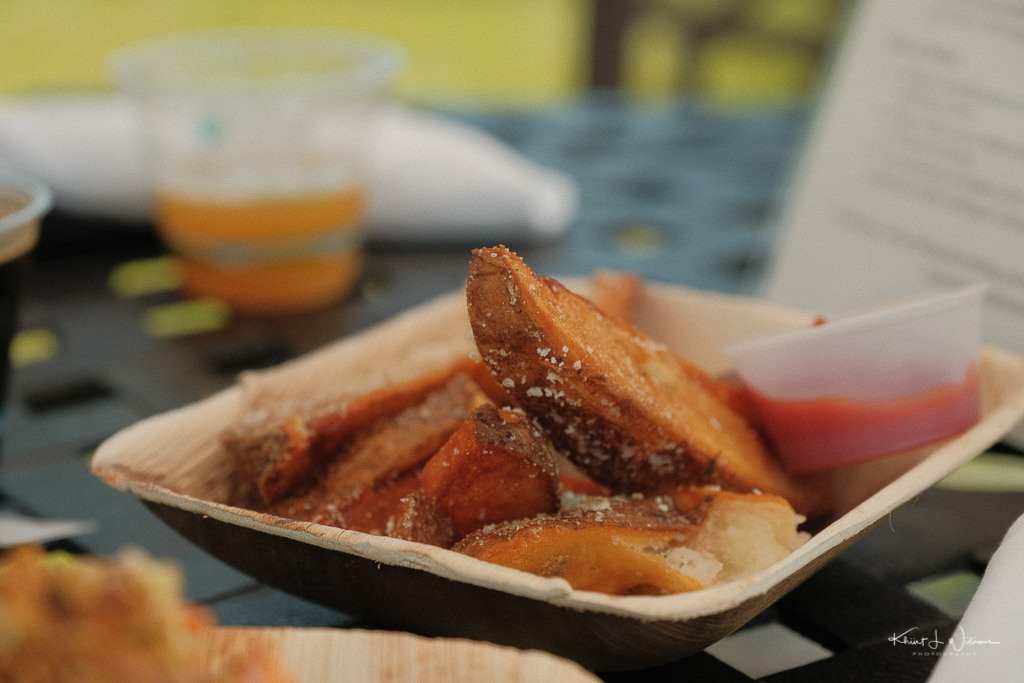Fujifilm film simulations are digital in-camera filters that replicate the distinctive colours and tones of Fujifilm's traditional film stocks. These simulations are available in Fujifilm's digital cameras and in their image editing software.
Fujifilm film simulations are designed to provide a range of film looks, including classic films like Provia, Velvia, and Astia, as well as more experimental films like ACROS and Eterna. Each simulation is based on the characteristics of a specific film stock and is designed to reproduce the unique colour palette, contrast, and grain structure of that film.
These film simulations are popular among photographers who want to replicate the look and feel of traditional film photography in their digital images. They can also be a useful tool for photographers who want to experiment with different looks and styles without the need for extensive post-processing.
Fujifilm film simulations are typically adjustable, allowing users to fine-tune the intensity of the effect to suit their individual preferences. They can be a valuable tool for photographers looking to create distinctive and evocative images, whether they are working in a commercial or artistic context.
Compare these two images. The one in the header was captured on my Fuji X-T3 with the XF27mmF2.8 R WR (~41mm full-frame equivalent) using the Classic Chrome Film Simulation and then edited in Adobe Lightroom.
The one below was captured on my Minolta XD-11 using Kodak Portra 160 and the MD ROKKOR-X 45mm F2 lens. Both images were captured from the samee vangage poiht on the East Savannah Road bridge in Lewes, Delaware.
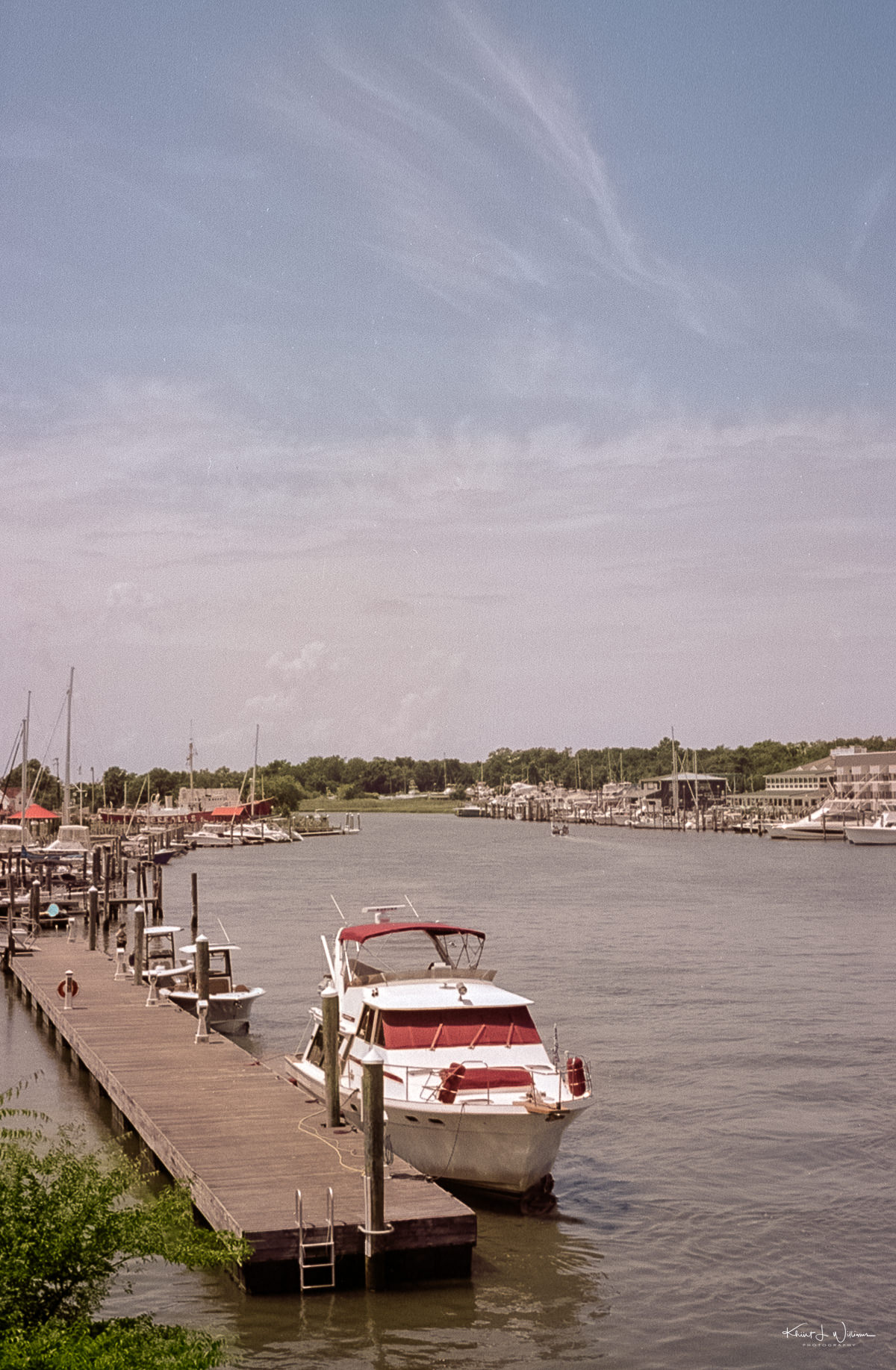
I prefer the images from my Fuji X-T3. it has less noise and is more colour accurate.
